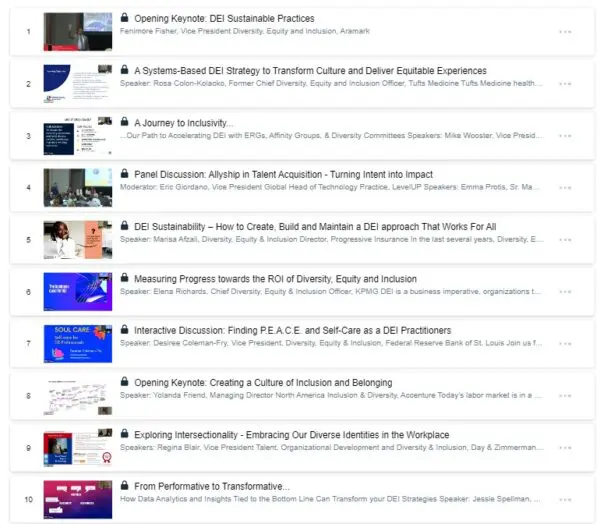Running a business is surely one of the most daunting tasks anyone can undertake. Companies producing “things” have even bigger challenges because doing so adds all the challenges of managing logistics and optimizing capital expenditures. The good news is that there is a ton of research on those optimization topics. The bad news is that we have to understand them and balance all of them.
In that context comes a really interesting piece in the New York Times from Bill Saporito, editor-at-large for Inc., describing what is going on now at Starbucks, Pizza Hut, and all other fast food businesses. To optimize their capital investments, they concluded that they need to sell more stuff—and not just more of their core products, but more of different things so that their equipment, ovens, and physical space are being used more intensively. It’s fine even if you don’t make as much money on these items as on your core products because they help offset your fixed costs. Related to this is the push to sell more varieties of the same thing—the idea of mass customization—to capture new customers and hold them.
What does this look like? At Starbucks, the claim is that there are now more than 170,000 different options for drinks in addition to selling food and other items. At food-based businesses, they are selling all kinds of new food that might be different from what their brands are. For example, burger chains selling pizza, pizza places selling donuts, etc., all from the same store front.
What does this have to do with HR? More products and more choices add complexity both for customers placing orders and especially for the staff trying to complete them. It’s one thing to pull more shots of espresso; it’s another to toss in different flavors for each shot, then heat a donut for an order and mix oatmeal for the next one. It takes more time to deliver just as it takes customers more time to place orders. That should require more staff, but no surprise here, companies aren’t adding them. Staff members are scrambling, going nuts trying to deal with backed-up lines.
Business leaders might say, so what? Except that customers bail out when the lines are long. Let’s face it: There are lots of companies that skimp on customer service knowing that it will irritate customers (as with virtually every call center encounter) when they know customers can’t just dump them. But if you are in line at a food court, it’s both simple and somehow satisfying just to go elsewhere. What is the value of a lost customer? At a place like Starbucks, the lifetime value of a customer is about $14,000. So across all U.S. locations, that’s a loss of close to $240 million if even only one customer per location leaves and does not come back. Isn’t that big enough to get the CEO’s attention and think about adding more staff at least until there is another solution?
There are at least two problems here keeping companies from doing the obvious thing of increasing staff (I’ve written about both in my book “Our Least Important Asset”). The first is the way financial accounting rewards keeping headcount down even at the expense of other costs that don’t show up on balance sheets. The obvious cost here is lost customers not even counting employee turnover.
The second is the enormous weight given to optimization thinking, which only allows us to consider one variable at a time, and that variable is almost always minimizing headcount. Calculating something like the “cumulative lifetime value” of a customer is harder to do, it isn’t in the CFO’s tool kit to do that, and unless something draws that evidence to the attention of the CEO, it isn’t going to factor in. I’m sure a sophisticated company like Starbucks does think about this. It would not surprise me if other companies did not.
Back to HR: What does it mean to “support the business” in situations like this? It’s easy to say that HR should just stand up to the CEO, who, along with expensive consultants, have fashioned this very clever-sounding business strategy, and say, “Boss, this isn’t working, and we really need to hire more people to keep our customer service from tanking.” Of course, it is the right information that they need to hear, but it is not a career-building move.
What would be better is to be able to anticipate this issue before the strategy gets built and be able to say, “Let’s think about how to execute this when time-per-order increases, which is going to impose a cost of lost customers.” I would bet these companies did not have that conversation. The challenge then is how to get close enough to the strategy decisions to at least get staffing issues like that on the table. To do that probably requires first demonstrating that HR understands and is thinking about issues like the “cumulative lifetime value” of customers and how staffing influences it. Then HR gets asked to chime in before the next big strategy bet takes place.
Peter Cappelli is the George W. Taylor Professor of Management and Director of the Center for Human Resources for The Wharton School.














